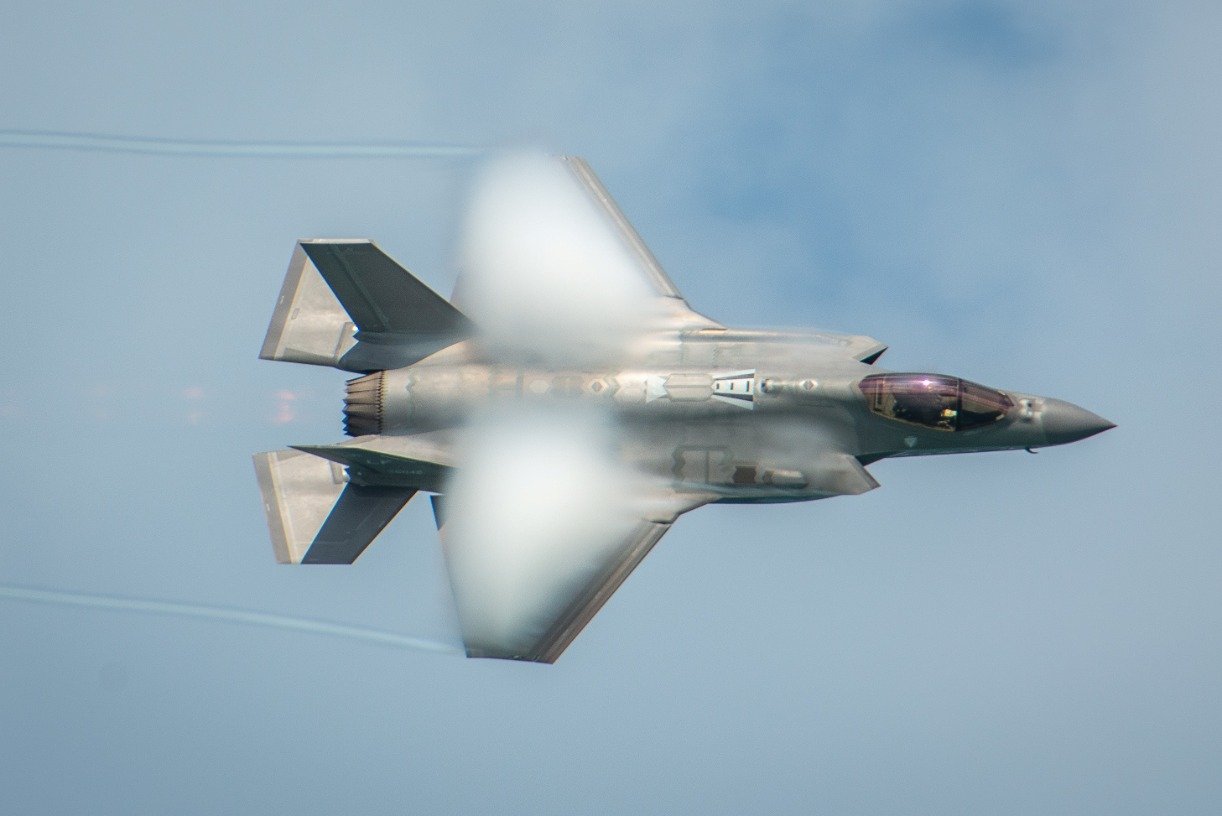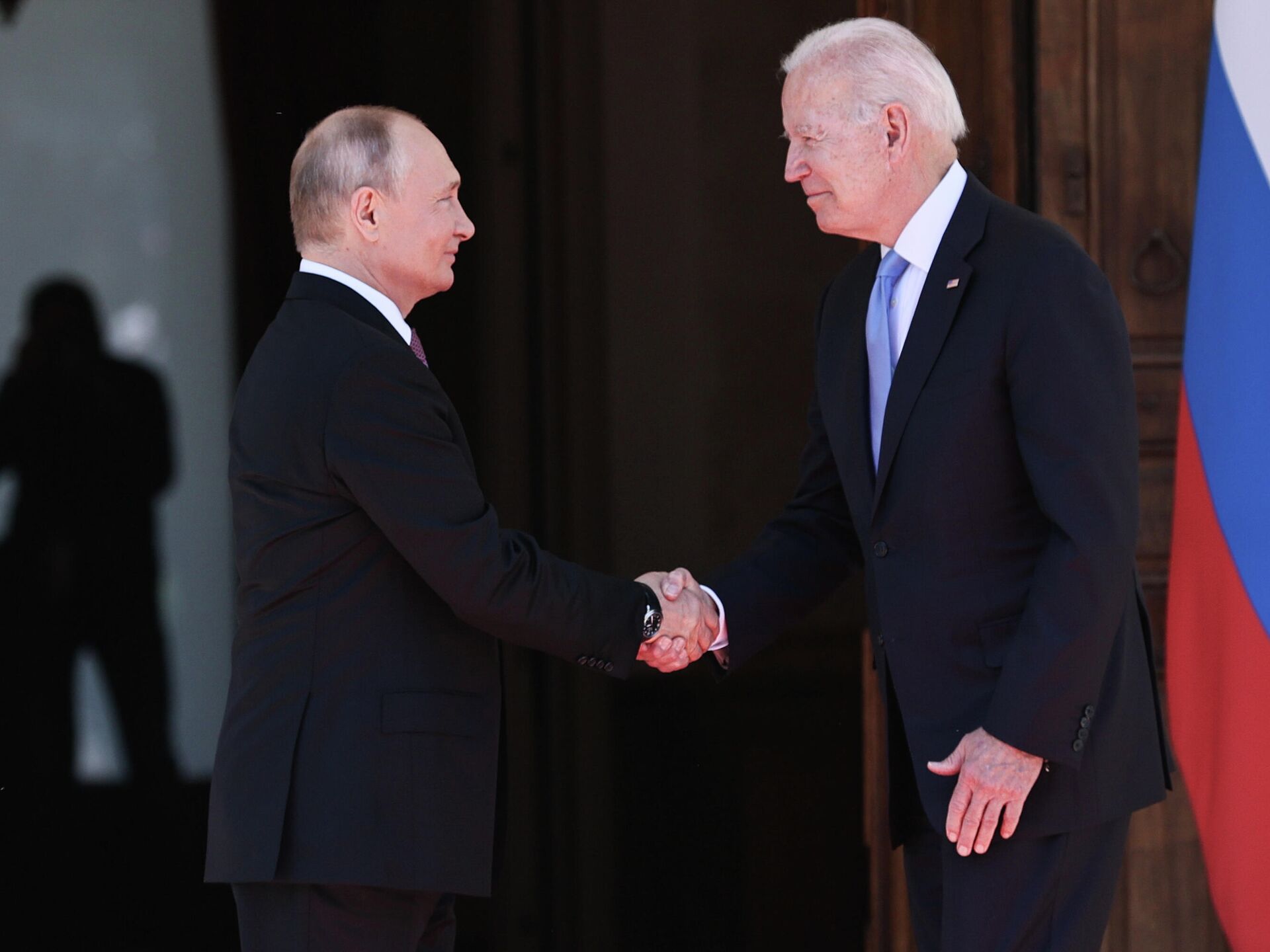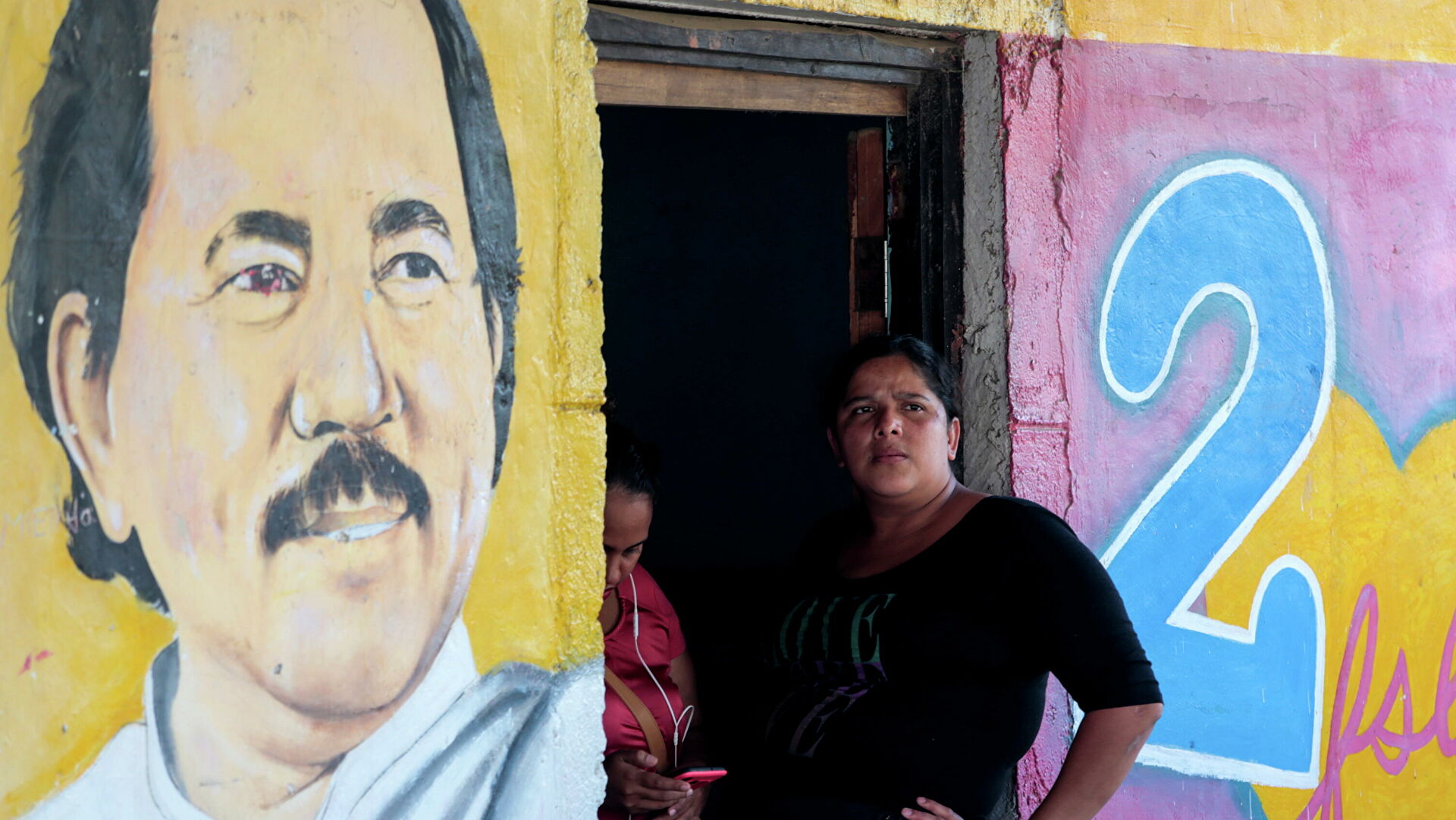
Andrés Cala
Andrés Cala is an award-winning Colombian journalist, columnist and analyst specializing in geopolitics and energy. He is the lead author of America’s Blind Spot: Chávez, Energy, and US Security.
Exclusive: European and U.S. businesses are hoping for a bonanza once Iran is freed from economic sanctions, but the West must overcome decades of distrust from the Iranians, meaning that Russia and China may have an early edge in building commercial bridges to Iran, writes Andrés Cala.
The nuclear deal between six world powers and Iran will reset key economic and geopolitical relationships but perhaps not in the way many Western pundits expect. Iran, unshackled from international sanctions, is sure to reach out to U.S. and European companies for goods and technology but may favor Russia most of all because of a budding relationship built on mutual trust and mutual interests.
Iran’s difficult history with the United States – dating back to the CIA coup overthrowing Iran’s elected leader in 1953 through the tensions with Iran’s Islamic Republic and U.S.-instigated economic sanctions – makes Iranian leaders leery of again becoming dependent on Western banks and being vulnerable to U.S. geopolitical designs.
Iranian President Hassan Rouhani (left) shakes hands with Russian President Vladimir Putin at the Shanghai Cooperation Organization summit in the Kyrgyz capital of Bishkek on Sept. 13, 2013. (Photo credit: Press TV)
Iran has had troubled relations with Russia historically, too, but has come to see Russia under President Vladimir Putin as something of a regional partner, even if not exactly an ally. Russia pressed for a positive outcome in the nuclear negotiations and supports Iran’s regional resistance to Sunni terror groups, such as Al Qaeda and the Islamic State, especially in Syria. Russia also sees Sunni extremism as a serious threat to its own security.
That collaboration – when combined with worries about the possible renewal of Western sanctions sometime in the future – suggests that Iran will seek to consolidate its marriage of interests nurtured recently with Russia. Both countries have experienced the economic pain that comes from charting independent policies that conflict with U.S. and European demands.
So, with the United Nations Security Council soon expected to lift many international sanctions on Iran, Russian companies will work to not only maintain but to deepen their ties with Iran’s economy. Iran also might look to other BRICS countries, such as China, Brazil and South Africa, as natural allies in standing up against future U.S. pressure and displeasure.
Iran’s suspicions toward the United States and Europe will surely be slow to recede even as Western corporations make an aggressive bid to access Iran’s lucrative markets, from the energy industry to manufacturing to finances. Some $100 billion in investment is needed for Iran’s energy sector alone with other promising opportunities in consumer goods, banks, telecommunication, vehicle manufacturers and more.
The West possesses technology that Iran will need to rebuild its shattered economy, but there is a trust deficit. Iran is sure to remember the past when the West has frozen Iran’s assets, blocked access to spare parts, and confiscated Iranian property through one-sided legal proceedings, some of which even European courts have overturned.
Though Europe might be on somewhat friendlier terms with Iran than the United States, Europe’s close adherence to U.S. foreign policy means Europe can’t offer a long-term strategic relationship to Iran. So, the Islamic Republic likely will buy what it needs in business-to-business transactions with the West but will not forget the years of hostility.
It was Russia and China that worked to blunt Western hawkish demands, which included open threats to bomb Iran and force "regime change.” Russia and China also found ways to ease the sanctions, especially in regards to the arms embargo, while helping Iran fashion an agreement not to develop nuclear weapons.
Days before the final deal was signed, Iranian President Hassan Rouhani met Putin in the sidelines of a BRICS meeting and praised Russia for its role in the negotiations. "I consider it my duty to thank Russia for the efforts it has made in resolving and negotiating the Iranian nuclear program, and for the personal efforts made by Mr. [Foreign Minister Sergey] Lavrov.”
Downsides to a Relationship
But there are economic downsides to this Russian-Iranian diplomatic collaboration. Some Russians note that the reintroduction of Iranian oil onto world markets will depress oil prices and thus hurt a key sector of Russia’s economy, which is already suffering amid a glut of Saudi oil. But that factor was already a given. Putin brushed it aside in seeking the nuclear deal and in recognizing how a resurgent Iran could fit within Russia’s broader strategic calculations.
Putin began turning to Asia after Moscow’s overtures to the West, in his view, were betrayed in Libya, Syria and especially Ukraine. Putin had sought to build a positive relationship with President Barack Obama by working closely on mutual concerns such as Islamic terrorism and Mideast unrest. However, that collaboration was shattered in February 2014 when the United States backed a "regime change” in Russia’s neighbor Ukraine and applied the lash of Western sanctions to Russia when it would not accept the new anti-Russian regime.
Faced with this U.S. and Western hostility, Putin rebalanced Russia’s strategic relationships toward the BRICS – Brazil, Russia, India, China and South Africa. Iran fits neatly into that equation as Putin’s best option to leverage Russia’s interest in the vital Middle East, where it has been losing influence since the end of the Cold War.
In line with Putin’s strategy, Iran and Russia have worked hard to overcome lingering suspicions based on centuries of border tensions, recognizing that they now have more interests pushing them together than pulling them apart.
While Russia generally can’t compete with Western technology, it has advantages in some other commercial and industrial sectors, including nuclear energy, foodstuffs and arms. Last year, the two countries agreed to a package worth billions of dollars in hard cash for Russia involving building up to eight nuclear reactors within five years for power generation purposes. The nuclear deal signed this month only paves the way for those deals to be developed further.
On the agricultural side, Iran is the third biggest buyer of Russian wheat and has sold Russia fruits and vegetables which helped Russia replace European imports that the Kremlin blocked in retaliation for Europe’s economic sanctions over the Ukraine conflict.
Because of the international sanctions against Iran, bilateral trade between Russia and Iran remains modest, only $1.5 billion, a fraction of Russian trade with Israel for example. But Russia and Iran seek a ten-fold increase in bilateral trade this decade and have talked of up to $70 billion in potential investments. Even half of that would be transforming for both countries.
There is also the all-important arms business. Iran needs to update its military, and Russia and China are set to sell more than any other countries. In April, Putin agreed to restart talks to deliver the S-300 anti-aircraft defense system as a prelude no doubt to everything else Iran needs, especially to update its air force which hasn’t been modernized since the revolution in 1979. Some estimates suggest a $15 billion market up for grabs.
And there is another Iranian top priority: security. Iran and Russia signed an intelligence-sharing agreement and their cooperation has intensified, especially in regards to Syria where the two can each fill a need, with Russia providing the military hardware and Iran having military advisers and other assets on the ground.
The nuclear deal also could pave the way for the West to join them in arranging serious negotiations between Syrian leader Bashar al-Assad and his more moderate opponents and possibly end or curtail Syria’s bloody civil war. It wouldn’t be surprising to see Russia and Iran together seeking more informal collaboration with the U.S. and Europe in Syria and Iraq against the Sunni radicals of the Islamic State and Al-Qaeda.
Iran’s influence among fellow Shiites and Shiite offshoots in Iraq, Syria, Lebanon and Yemen could offer Russia more leverage in the Middle East, even if Moscow does not want to pick a fight with Arab countries outside Syria.
Putin also is gingerly approaching stresses in the bilateral relationship with Israel, with which Russia has important business, financial and cultural ties. Many Russian Jews have relocated to Israel, which views Iran as its greatest regional enemy.
Another ‘I’ in BRICS
But the prospect of Iran, in effect, becoming a second "I” in the BRICS acronym is not what many Western economic observers expected. They were looking at the potential boon for European and U.S. businesses and the prospect that Europe, in particular, could weaken Russian-Iranian ties by trading with Iran and by playing off Iran and Russia over energy.
And surely there will be some of both. European companies expect to be in the forefront of a business gold rush to Tehran – and Europe will buy Iran’s oil that, pre-sanctions, filled Europe’s energy needs by some 600,000 barrels a day, mostly to Italy, Greece and Spain.
Iran currently produces less than 3 million barrels of oil per day but could increase that to at least 4 million bpd. And Iran’s gas reserves, the second biggest in the world, could eventually make their way to Europe, reducing the Continent’s dependence on Russian natural gas. While there are many obstacles to an Iran-to-Europe pipeline, there are cheaper alternatives, like shipping liquefied natural gas.
But even if that were to happen, Russia is already looking toward Asia, not Europe, to increase energy exports. So, a gradual reorganization of the market – with Iran’s energy supplies coming back online – will likely have little long-term impact on Russia’s economy.
Whatever the case, Iran’s post-sanctions reality will develop gradually, not just because of the phasing-in of the nuclear deal itself, but because Iran needs to manage popular expectations to avoid potential social disruptions. However, regarding which countries can most gain from the opening of Iran, Russia has the early advantage, especially diplomatically, followed by China.
Europe and the U.S. have quality products to sell but also fences to mend and suspicions to dispel. And while it’s true there is mistrust to overcome between Moscow and Tehran, their current objectives are more in sync. They will not become allies overnight, but the relation will mature as long as both keep their ends of the deals, which in the past has proved difficult.
But there is a strong incentive for Iran and Russia to make their new relationship work. For Russia, it’s about strategic access to the Mediterranean (via Syria) and the ability to retain and even expand its influence in the vital Middle East (by expanding ties to Iran and its regional allies). For Iran, it’s about strengthening its regional position vis a vis its regional rivals Saudi Arabia and Israel.
The West, too, will no doubt benefit from Iran’s economic renaissance. Western business interests, including Americans, lobbied hard in favor of lifting the sanctions. Corporate delegations from the U.S., Canada, France, Germany and other Western nations have already flocked to Iran to prepare for reentering Iran’s markets as soon as sanctions are lifted.
There will be room for all to benefit, even Arab countries like the United Arab Emirates, Qatar and Oman. But Russia is the best positioned to gain from Iran’s comeback.




_jpg/250px-ElbeDay1945_(NARA_ww2-121).jpg)









